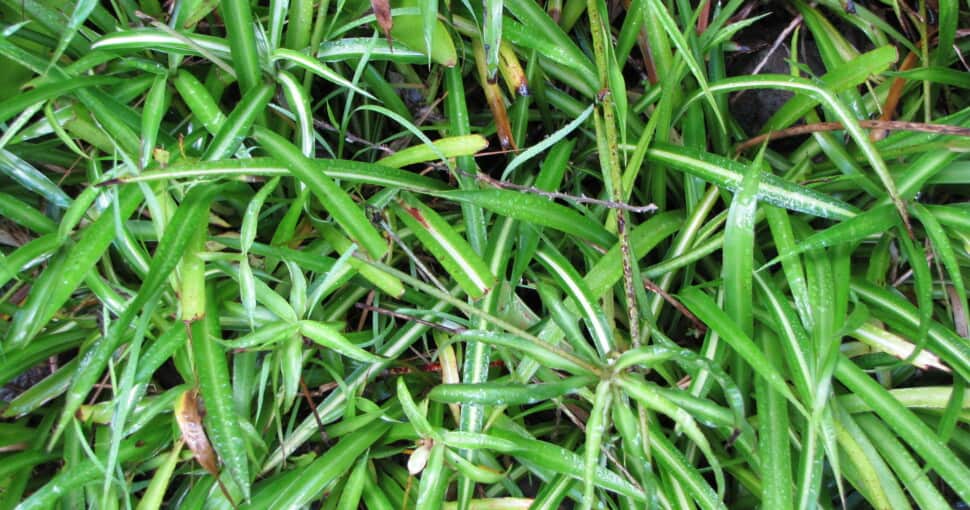Many homeowners have spider plants in their homes since they are a fantastic option for indoor plants. This is because it has a distinctive attractiveness and is simple to maintain. A spider plant is an excellent option for both decorative and health reasons.
Contents
Its common name refers to the leaves that grow on long stems and have a little spidery appearance. This perennial, herbaceous plant’s narrow, sword-shaped leaves are produced from a central point. They are indigenous to coastal South African regions. The spider plant is somewhat of a staple in many households.
Not only that, but it is stunningly appealing, with its dichotomous color scheme of white and green. Aptly named the spider plant due to its helix-like shape, this plant is exceptionally breathtaking when it matures. Blooms of white are produced, adding even more elegance to this plant.
There are mainly 3 types of spider plants. The Chlorophytum Comosum is solid green. Then the Chlorophytum Comosum Variegated, where the leaves are green with white margins. This is the most common spider plant. The Chlorophytum Comosum, ‘Vittatum,’ has white leaves with green edges. This one is not as common.
Interestingly, NASA also suggests that this plant plays a significant role in air purification. Apart from brown tips, this plant will thrive in various environments and basically doesn’t have many other issues.
There are numerous searches for plants that resemble spider plants because of their incredible characteristics. Here are some spider plant look-alikes.
Related: 8 Spider Plant Benefits
1. Pandanus Plant / Screw Pine
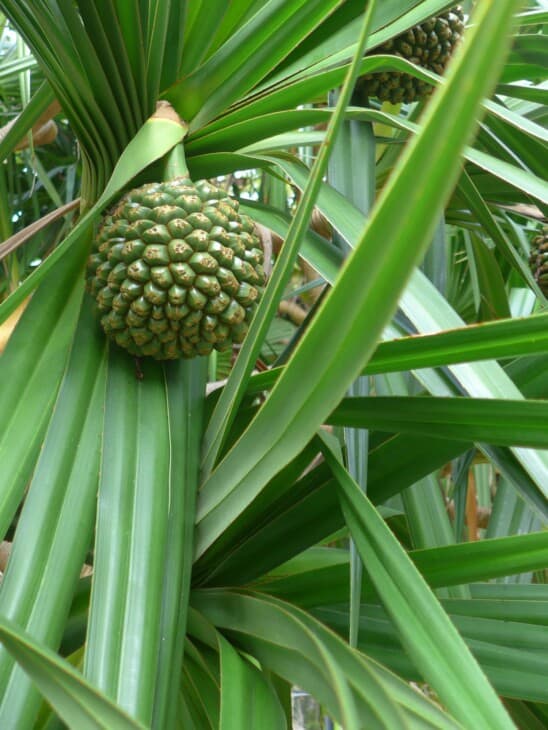
Pandanus, also called the screw pine, is a plant in the Pandanaceae family and is often confused with the spider plant. Both plants share a common color scheme. The Pandanus plant has green and white leaves with a spiral pattern akin to the spider plant.
On the other hand, the Pandanus plant’s leaves are broader and resemble pineapple plants. The Pandanus plant is similar to the Chlorophytum, although the former grows more quickly and tends to have more leaves.
It likewise has long, thin leaves that spiral around the stem and grow closer to the root system, giving it a similar form. Interestingly, the Pandanus plant is easy to grow and thrives in similar conditions to the spider plant.
2. Mondo Grass (Ophiopogon jaburan ‘Vittatus’)
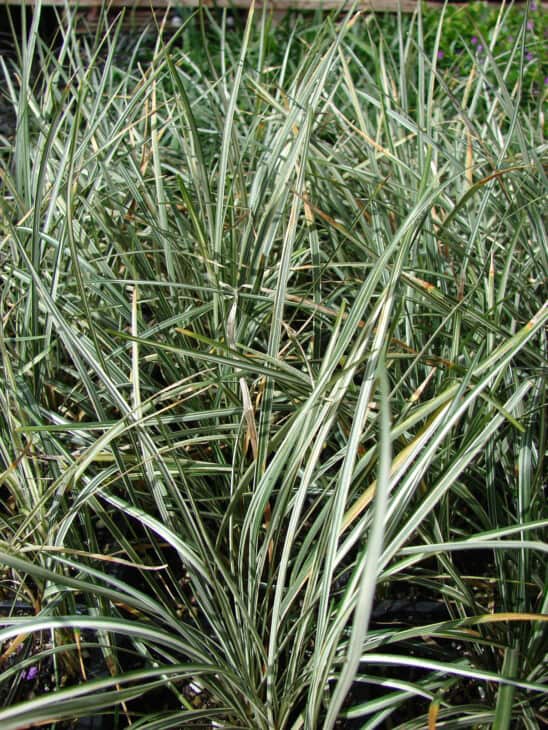
Mondo grass is an ornamental, evergreen plant that resembles tall, spiky tufts of grass. The thin leaves of the variegated variant give it a spider-plant-like appearance. The leaves of variegated mondo grass are shaped like ribbon-like blades arching with yellow and green stripes.
This evergreen perennial that spreads produces clusters of light lilac flowers, making it a flowering plant. It also has many leaves compared to a spider plant. There are different variations of the Ophiopogon, such as green and black. However, this type is the one that most resembles the spider plant.
Mondo grass can withstand practically everything, although it cannot grow in dry conditions. In summer, white or lavender blossoms appear and eventually bloom into glossy black fruit. The white blossoms are similar to those produced by the spider plant, making it quite a contender.
3. Dracaena
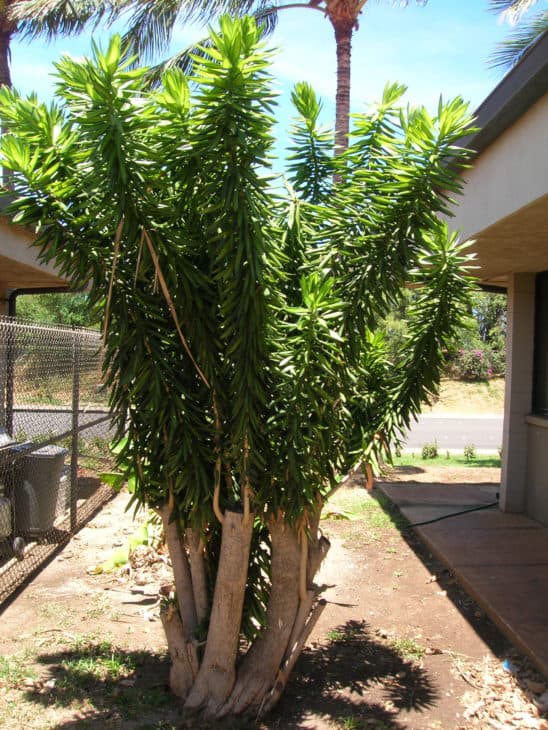
Dracaena is another genus in the Asparagaceae family. The similarities in appearance between the Dracaena and the spider plant can cause some confusion. Although more than 200 varieties of spider plants and about 120 varieties of Dracaena EXIST, the most widely known have similar leaves.
Related: 4 Dracaena Plant Benefits
More specifically, the leaves tend to be long, narrow and pointed. Typically, spider plants are more variegated. Although the leaves of ribbon plants and Dracaena plants have a similar color, the Dracaena’s leaves are often wider.
Despite having a similar green and white leaf appearance, the Dracaena tends to be taller than spider plants. So the Dracaena can be confused as a tall spider plant.
4. Carex Oshimensis ‘Evergold’
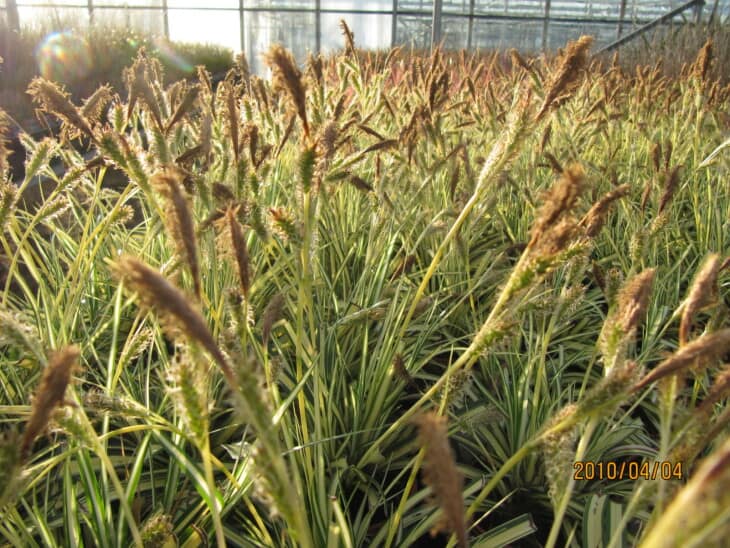
Carex Oshimensis’ Evergold, the Japanese sedge, is easily recognized by its slender, grass-like leaves that arch upward and have creamy margins. When it comes to look-alikes, Carex is one that many think of first.
The spider plant’s leaves and those of Carex are nearly identical, although the leaves of the Carex are on the thinner side. This variegated variety has a similar color scheme as the spider plant, as it also features green leaves with hints of white.
Although they look alike, it is worth noting that the Evergold plant has more leaves than the spider. It is incredibly easy to care for as it is a resilient plant, making it excellent for beginning gardeners.
5. Bromeliads (Bromeliaceae)
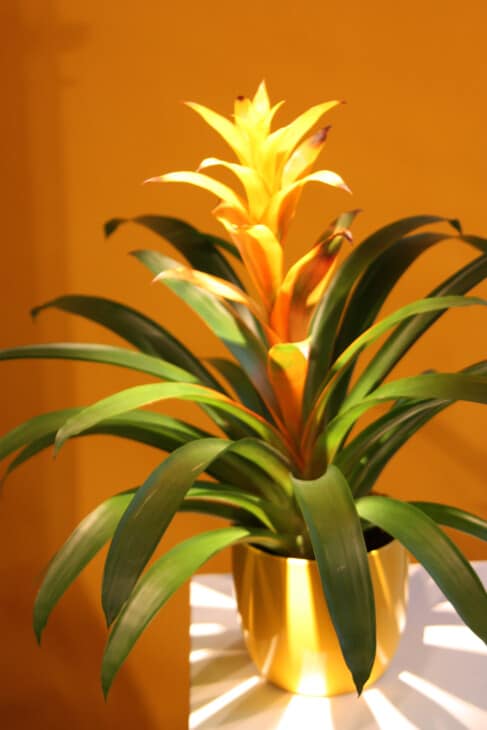
The plant family Bromeliaceae includes bromeliads. Bromeliads are another look-alike of the spider plants in terms of appeal and look owing to the fact that they have drooping, pointing leaves situated in a spiral pattern around the base of the plant.
Although these plants’ leaves resemble spider plants because of their sword-like shape, the bromeliad plant has broader leaves. Even though both plants are green, the bromeliad plant lacks the spider plant’s eye-catching white coloration on the leaf center.
However, it matches a different kind of spider plant: Chlorophytum Comosum, solid green. The Bromeliads also produce the most stunning flowers that are vibrant and of different colors.
6. St. Augustine Grass (Stenotaphrum Secundatum)
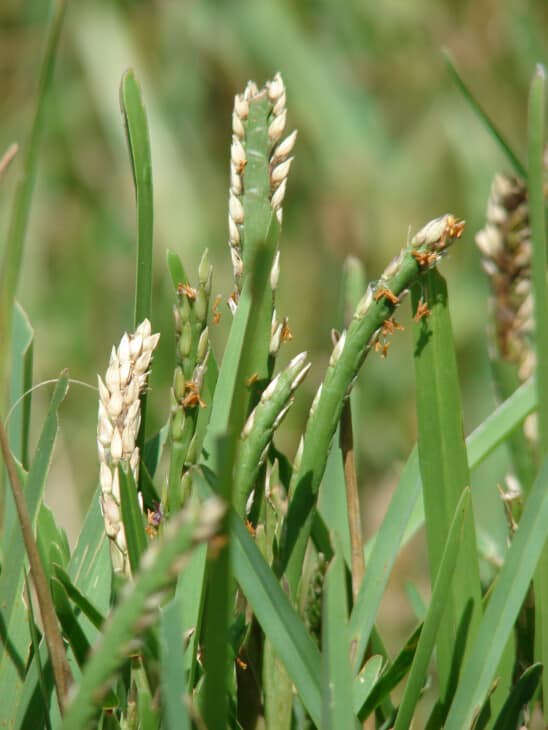
Stenotaphrum secundatum, also known as St. Augustine Grass, is a tropical grass that looks like a variegated spider plant and is a fantastic interior potted plant. The St. Augustine grasses, from the Poaceae, are a select group of warm-temperate and tropical grasses that develop dense mats.
This grass spreads and is prostrate. It is perennial and evergreen. Light green, angular leaves with white stripes are carried by flat, spreading stalks. These are similar in appearance to spider plants. Tiny blooms grow on these grasses.
These spiky, greenish-brown flowers appear in the summer and fall. Although blooms also grow on the spider plant, they happen to be white. Similar-looking native grass called Stenotaphrum dimidiatum can also be found in India’s coastal regions.
7. Air Plants (Tillandsia)
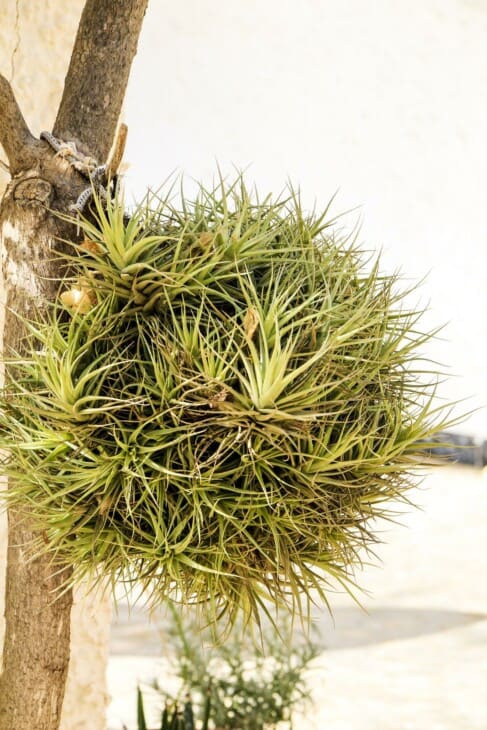
Air plants are similar to spider plants in appearance as they have lush, spiky leaves that arch outward. However, this plant’s leaves can be much thinner and smaller than the spider plant’s, particularly the tectorums.
They tend to have almost fuzzy leaves because of how thin and fine they are. They are from a Tillandsia genus and, unlike spider plants, do not grow in soil. Although their green leaves resemble those of spider plants, they lack the latter’s white vertical stripe in the center.
These plants mostly resemble the Chlorophytum Comosum as they are also a solid green. They are also other spider-look-alike plants that are incredibly easy to care for.
8. Silver Comet
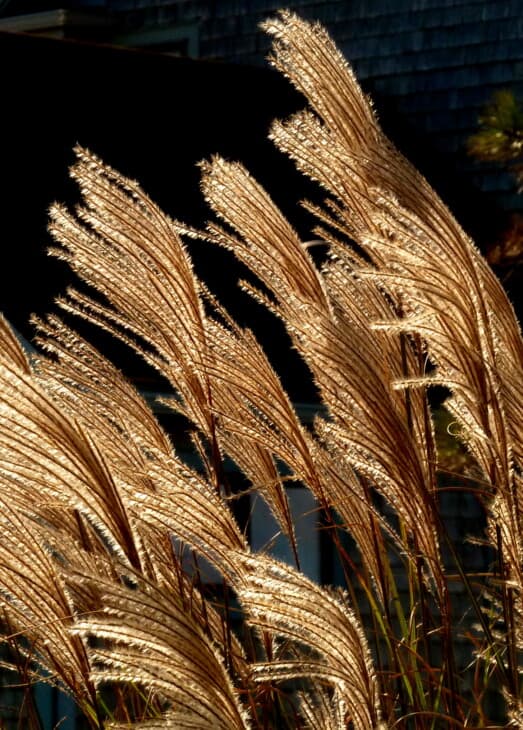
Unsurprisingly, there are ornamental grasses that look pretty similar to spider plants. True grasses and other plants that resemble grass, such as sedges, are also considered ornamental grasses. Some have leaf blades with a rough texture and a gentle arch. The Silver Comet is one.
Green leaves with white stripes and airy white flower plumes are the distinguishing features of Silver Comet. This is, without a doubt, one of the best pampas grass in the world for variegation. All leaves have white stripes around the outside, making them look strikingly similar to the spider plant.
The fact that they produce white flowers also makes this plant incredibly similar to the spider plant in appearance. Of all pampas grasses, this one is the most miniature. Just 3 to 4 feet. The leaves also resemble the spider plant’s leaves as they are thin and pointy.

